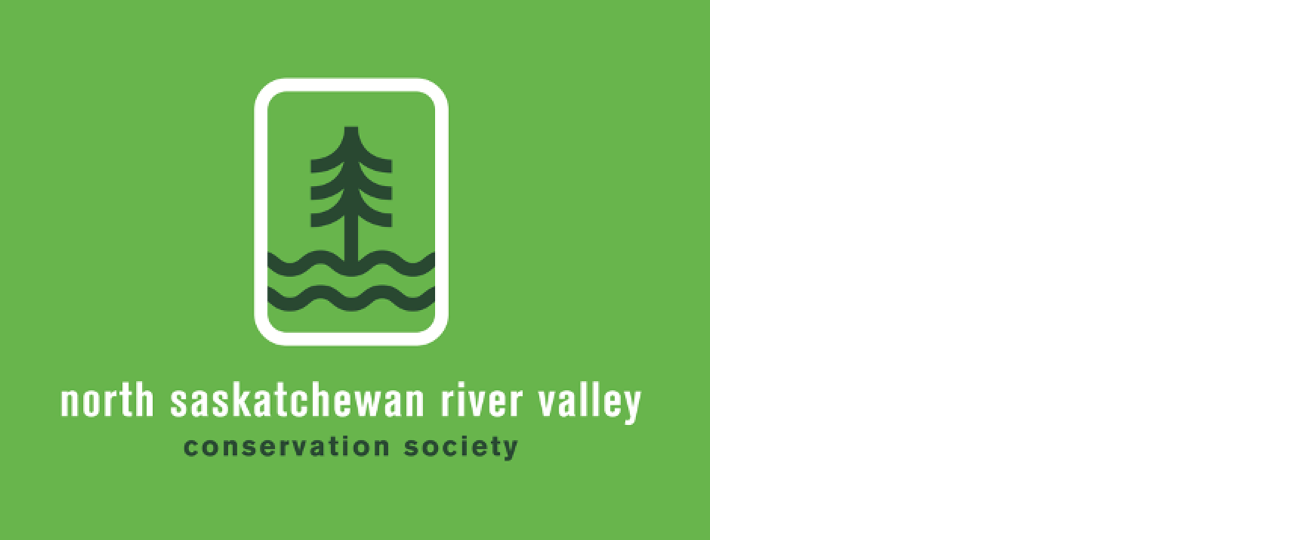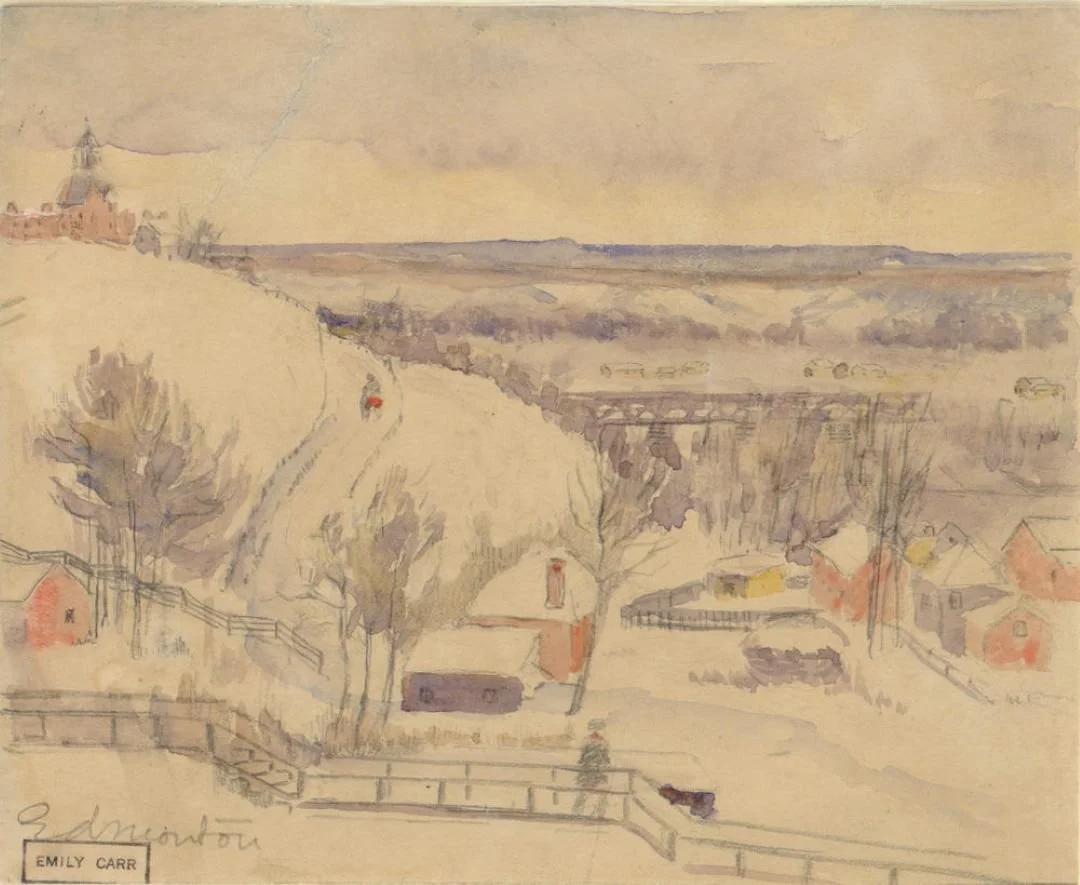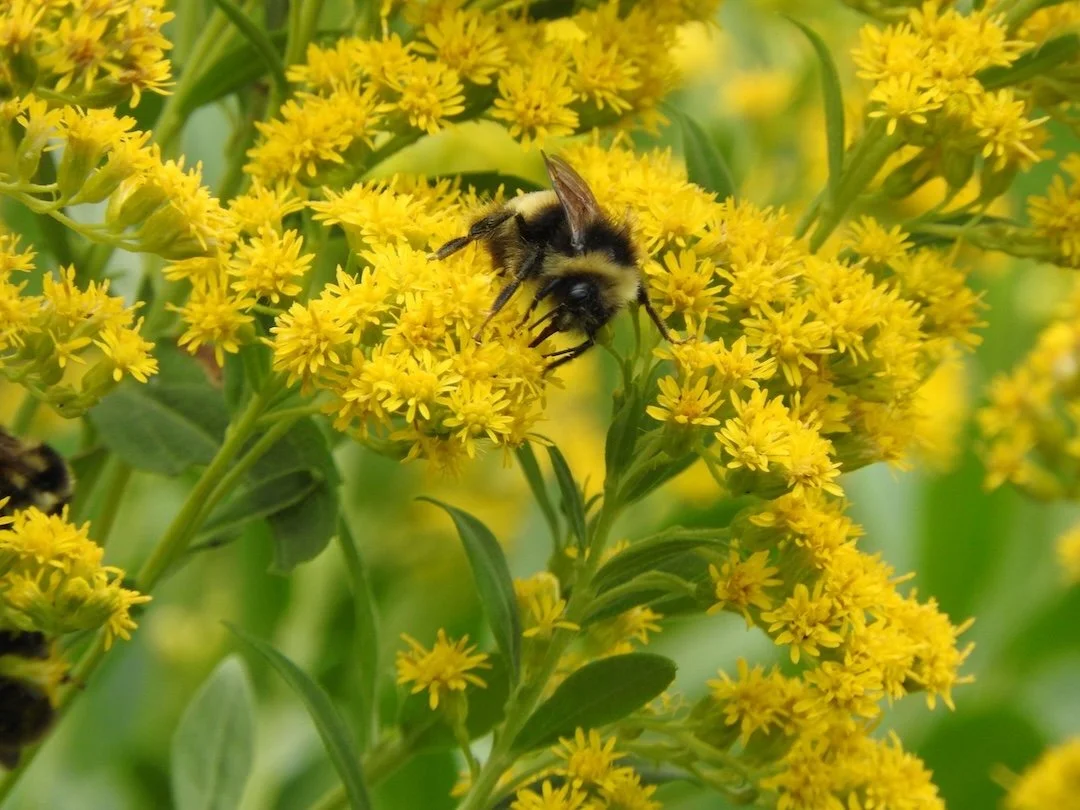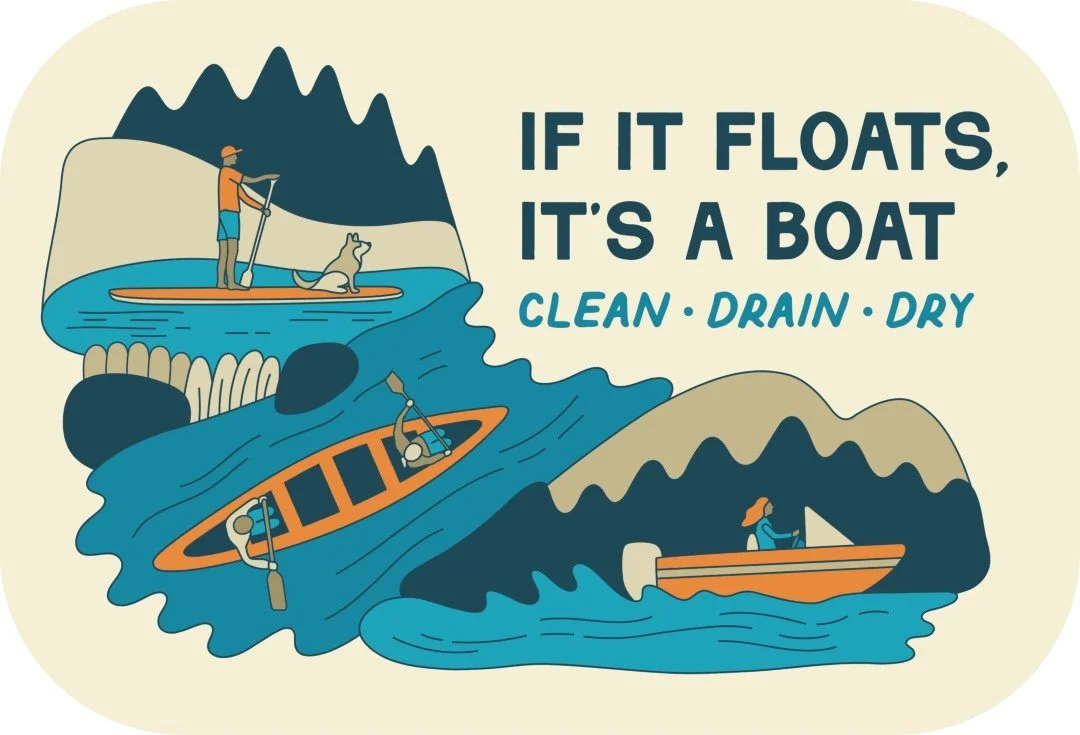Built in 1900, it is the city's oldest river crossing
Emily Carr painting (courtesy of BC Archives, PDP00558)
Did you know that the historic Low Level Bridge over the NSR is actually two bridges side by side? The first bridge was constructed in 1899-1900 by the Dominion Bridge Company. It is listed on the Edmonton Inventory of Historic Resources and was designated as a Municipal Historic Resource.
This bridge was designed for the Edmonton, Yukon and Pacific Railway. In addition to this railway track, it carried an Edmonton Radial Railway streetcar track. A timber deck was later added to allow vehicular traffic. The bridge continued to carry both railroad and vehicular traffic until around 1950.
A second parallel bridge was added in 1949 by the Dominion Bridge Company. Although it has very similar design details as the original bridge, it does not hold a historic designation.
The northbound structure underwent its most recent major rehabilitation in 2006, which provided an additional 25 years of service for the structure. And the Low Level Bridge Southbound underwent its most recent major rehabilitation in 1994.
While typical bridge design life expectancy is between 75-100 years, with rehabilitation work every 25 years to maintain critical elements, both bridges are nearing the end of service life. For this reason, the City has now begun rehabilitation on the southbound Low Level Bridge.
Construction is anticipated to be completed by the end of 2025, with some carry-over work into 2026. For closure information and traffic disruptions check the City of Edmonton website at: https://historicbridges.org/bridges/browser/?bridgebrowser=alberta/lowlevelbridge/
A fun fact about the watercolour featured above is that it was done by Emily Carr in 1911. She painted the depiction of the bridge upon her return to Edmonton. She was in town to retrieve her dog that was left with a friend while she was away for fourteen months in France.
Don’t miss these late summer splashes of yellow amongst RV greens
Goldenrods flower in late July to early August and are sometimes mistakenly blamed for causing allergies, even though their pollen is heavy and not easily dispersed by wind. These vibrant yellow flowers rely entirely on animal pollinators and are often seen crawling with insects, such as bees, butterflies, and soldier beetles.
Because of their late season blooming, Goldenrods provide nectar and pollen for wildlife long after many plants have stopped flowering. The plants and their seeds provide food for finches and other birds, and foraging animals (e.g. sheep, cattle, deer, horses). They have also been used by Indigenous people for medicine and other purposes.
Their genus name ‘Solidago’ is derived from Latin and means “to heal or make whole”. This reflects their use as a traditional herbal medicine. Goldenrod is often used as a supplement for improving urinary health as well as reducing inflammation of the body.
Goldenrod flowers and leaves can also be dried or used fresh to make tea. The flowers and leaves are edible and can be used as garnishes.
https://prairiepollination.ca/plante-plant/verge_dor_du_canada-canada_goldenrod/
https://inaturalist.ca/posts/84112-plant-of-the-month-goldenrod-solidago
Aquatic invaders threaten Alberta’s waters. Here’s how you can help
Protect Our Waters is a call to action by the Alberta Invasive Species Council. This campaign aims to stop aquatic invaders in their tracks by promoting messages such as ‘Clean Drain Dry’ and empowering the public to take action, so we can protect the waters we love.
CLEAN - Remove all visible plants, mud, and sand before leaving the shore. Rinse, scrub, or pressure wash your boat and equipment away from storm drains, ditches, or waterways. Use hot water if possible.
DRAIN - Once on shore, drain all water from boats by removing the bilge plug and water from livewells, buckets, internal compartments, etc. Transporting watercrafts (motorized and non-motorized) with the drain plug in is illegal. Failure to pull the plug may result in a $600 fine.
DRY - Allow all parts of your boat and equipment to dry completely before entering another body of water. Leave compartments open and sponge out any standing water.
Water craft enthusiasts can even look for free, self-serve, waterless cleaning systems that reduce the spread of invasive species called CD3 machines. They can be found at various locations in the Edmonton area, including at the Sir Wilfred Laurier Boat Launch, a popular spot on the North Saskatchewan River.
pisiskapahtam (To notice and observe or watch) by Lana Whiskeyjack, City Hall
https://www.edmontonarts.ca/public-art/pisiskapahtam-to-notice-and-observe-or-watch
Comment or Contributions
Please note articles may not reflect the position of NSRVCS. River Valley News is meant to be a clearinghouse for the variety of opinions and ideas about Edmonton’s River Valley.
Email river valley photos, event information, comments, or questions to nsrivervalley@gmail.com.
Forward this link to anyone you think may want to sign up for this newsletter https://www.edmontonrivervalley.org/newsletter-signup




